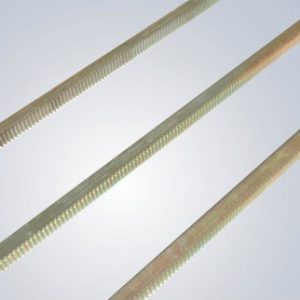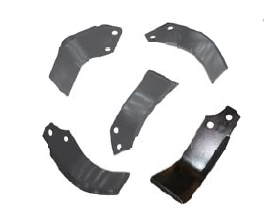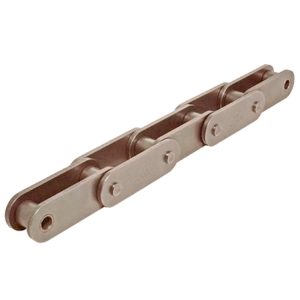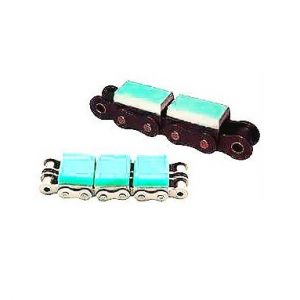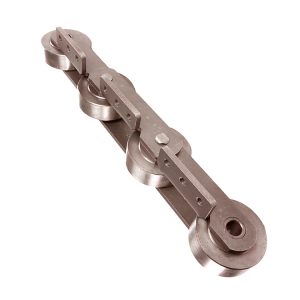Product Description
Toyota Tensioner Pulley, timing belt
OEM:1662571090
REF NO.: APV2379 FEBI 27556 CHINAMFG 53357110 RUVILLE 56931 AUTEX 601584 IPD 1571 SWAG 81927556 TRISCAN 8641133
Place of CHINAMFG
ZHangZhoug, China
Material
Belt Tensioner
Reference NO.
Packing
Neutral Packing
SHIPPING TERM
Sea/Air
Quality
100%tested
Size
same as OEM
/* March 10, 2571 17:59:20 */!function(){function s(e,r){var a,o={};try{e&&e.split(“,”).forEach(function(e,t){e&&(a=e.match(/(.*?):(.*)$/))&&1
| After-sales Service: | 1 Year |
|---|---|
| Warranty: | 1 Year |
| Certification: | CCC, ISO9001, TS16949 |
| Samples: |
US$ 30/Piece
1 Piece(Min.Order) | Order Sample |
|---|
| Customization: |
Available
| Customized Request |
|---|
.shipping-cost-tm .tm-status-off{background: none;padding:0;color: #1470cc}
| Shipping Cost:
Estimated freight per unit. |
about shipping cost and estimated delivery time. |
|---|
| Payment Method: |
|
|---|---|
|
Initial Payment Full Payment |
| Currency: | US$ |
|---|
| Return&refunds: | You can apply for a refund up to 30 days after receipt of the products. |
|---|
How does the diameter of a pulley affect its mechanical advantage?
The diameter of a pulley plays a significant role in determining its mechanical advantage. Mechanical advantage refers to the ratio of the output force or load to the input force or effort applied to the pulley system. Here’s how the diameter of a pulley affects its mechanical advantage:
1. Larger Diameter: When the diameter of a pulley increases, the mechanical advantage also increases. A larger diameter means that the circumference of the pulley is greater, allowing a longer length of rope or belt to be wrapped around it. As a result, a larger pulley requires less effort force to lift a given load. This is because the load is distributed over a greater length of rope or belt, reducing the force required to overcome the load.
2. Smaller Diameter: Conversely, when the diameter of a pulley decreases, the mechanical advantage decreases. A smaller diameter means that the circumference of the pulley is reduced, resulting in a shorter length of rope or belt wrapped around it. As a result, a smaller pulley requires more effort force to lift a given load. This is because the load is concentrated over a shorter length of rope or belt, requiring a greater force to overcome the load.
It’s important to note that while a larger diameter pulley offers a greater mechanical advantage in terms of reducing the effort force required, it also results in a slower speed of the load being lifted. This is because the longer length of rope or belt requires more input distance to achieve a given output distance. On the other hand, a smaller diameter pulley offers a lower mechanical advantage but allows for a faster speed of the load being lifted.
The mechanical advantage of a pulley system can be calculated using the formula:
Mechanical Advantage = Load / Effort
Where “Load” refers to the weight or force being lifted and “Effort” refers to the force applied to the pulley system. By adjusting the diameter of the pulley, the mechanical advantage can be optimized to suit the specific requirements of the application, balancing the effort force and speed of the load being lifted.
What role do pulleys play in modern elevators and hoists?
Pulleys play a crucial role in modern elevators and hoists, enabling the smooth and efficient vertical movement of loads. They are integral components of the lifting mechanisms, providing mechanical advantage and facilitating safe and controlled operation. Here’s how pulleys are used in modern elevators and hoists:
1. Lifting Mechanism: In elevators and hoists, pulleys are part of the lifting mechanism that moves the load vertically. They are typically combined with cables, ropes, or belts to create a pulley system. By distributing the load’s weight across multiple lines and changing the direction of the applied force, pulleys make it easier to lift heavy loads. The number and arrangement of pulleys can vary depending on the specific design and requirements of the elevator or hoist.
2. Counterweight Systems: Modern elevators often utilize counterweight systems to offset the weight of the elevator car and reduce the amount of power required for operation. Pulleys play a crucial role in these systems by guiding the cables connected to the counterweight. As the elevator car moves up or down, the counterweight moves in the opposite direction, balancing the load. The pulleys in the counterweight system help distribute the weight and ensure smooth movement.
3. Traction Control: Pulleys are also involved in the traction control mechanism of elevators and hoists. Traction elevators use ropes or belts that pass over a series of pulleys, known as sheaves, to create traction. An electric motor drives the sheaves, causing the ropes or belts to move. By adjusting the rotational movement of the sheaves, the speed and direction of the elevator or hoist can be controlled. The pulleys in the traction control system enable precise and reliable operation.
4. Safety Systems: Pulleys play a crucial role in the safety systems of elevators and hoists. For example, in traction elevator systems, overspeed governors utilize pulleys to detect excessive speed and activate the safety brakes in case of a malfunction. The pulleys in these safety systems help monitor and control the elevator’s speed, ensuring passenger safety.
5. Maintenance and Service: Pulleys in modern elevators and hoists are designed to be durable and require minimal maintenance. They are often equipped with sealed bearings or other lubrication systems to reduce friction and wear. This ensures the longevity and reliability of the pulley systems, minimizing downtime and maintenance costs.
Overall, pulleys are essential components in modern elevators and hoists, enabling vertical movement, providing mechanical advantage, ensuring safety, and facilitating efficient operation. They contribute to the smooth and controlled lifting of loads, making elevators and hoists reliable and indispensable tools in various industries and buildings.
How does a fixed pulley differ from a movable pulley?
A fixed pulley and a movable pulley are two distinct types of pulleys that differ in their design and functionality. Here’s a detailed explanation of their differences:
1. Design and Attachment: A fixed pulley is attached to a stationary structure, such as a ceiling or wall, using a mounting bracket or other means. It remains fixed in place and does not move during operation. In contrast, a movable pulley is attached to the load being moved and moves along with it. It is typically suspended by a rope or cable and can freely move up and down.
2. Mechanical Advantage: When it comes to mechanical advantage, a fixed pulley does not provide any advantage. It changes the direction of the force applied but does not reduce the effort required to lift the load. On the other hand, a movable pulley provides mechanical advantage by reducing the effort needed to lift the load. It distributes the load between the rope segments attached to the movable pulley and the fixed point, making it easier to lift heavy objects.
3. Force Distribution: In a fixed pulley, the force applied to one end of the rope or belt is redirected to change the direction of the force. The load is lifted by pulling the opposite end of the rope. In this case, the force required to lift the load is equal to the weight of the load itself. In a movable pulley, the load is attached to the movable pulley itself. The force required to lift the load is reduced because the weight of the load is distributed between the rope segments attached to the movable pulley and the fixed point.
4. Directional Change: Both fixed and movable pulleys are capable of changing the direction of the applied force. However, the primary function of a fixed pulley is to change the direction of force, while a movable pulley combines force direction change with mechanical advantage. The movable pulley allows the operator to exert force in a more convenient direction while requiring less effort to lift the load.
5. Applications: Fixed pulleys are commonly used in combination with other pulleys to create more complex systems, such as block and tackle arrangements. They are often used in scenarios where the primary objective is to change the direction of force. Movable pulleys, on the other hand, are frequently used in systems that require mechanical advantage or a reduction in the effort needed to lift heavy objects. They are often found in applications such as lifting systems, cranes, and elevators.
Overall, the key differences between a fixed pulley and a movable pulley lie in their design, mechanical advantage, force distribution, and applications. While a fixed pulley primarily changes the direction of force, a movable pulley combines force direction change with mechanical advantage, making it easier to lift heavy loads.
editor by CX
2024-01-16











